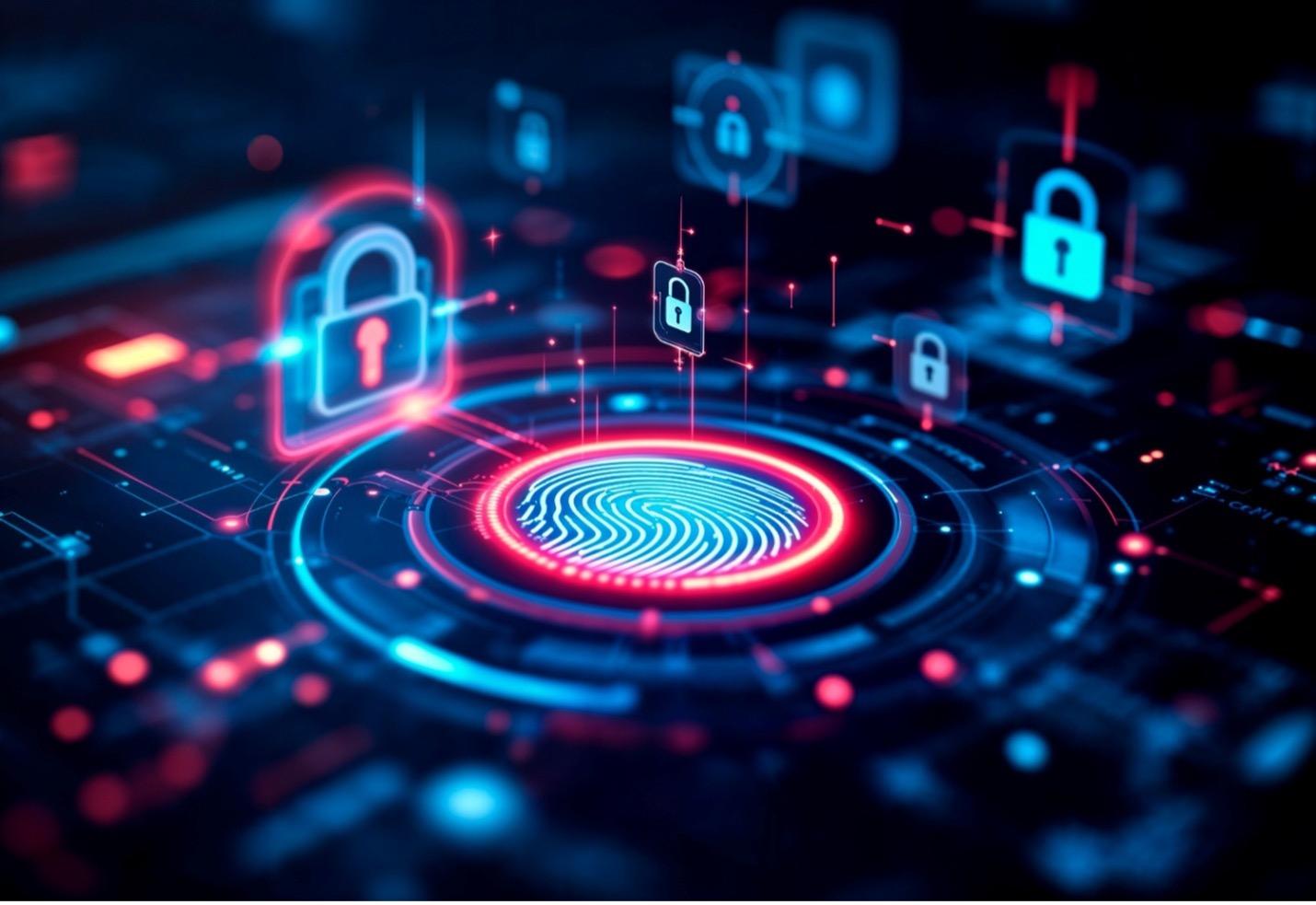The digital world is not just expanding; it’s accelerating. With the widespread adoption of Generative AI, the proliferation of connected devices, and the continuous shift to cloud-native architectures, the perimeter of what we need to protect is dissolving. As we move further into this pivotal year, cybersecurity is no longer an IT concern—it is a strategic business imperative. Staying ahead means anticipating the next wave of threats and embracing the revolutionary defensive technologies that are emerging.
Here are the critical trends that will define the future of cybersecurity this year and beyond.
1. The Dual Edge of Generative AI: From Attack Automation to Autonomous Defense
The most defining trend in cybersecurity is the integration of Artificial Intelligence, specifically Large Language Models (LLMs) and Generative AI, into both the attacker’s arsenal and the defender’s toolkit.
💥 AI-Enhanced Threats and ‘Vibe Hacking’
Adversaries are now leveraging AI to scale and personalize attacks with unprecedented efficiency. We are seeing a new form of automated, sophisticated cybercrime, sometimes referred to as ‘vibe hacking,’ where attackers use AI to execute the entire attack lifecycle—from reconnaissance and vulnerability scanning to creating hyper-realistic, targeted social engineering content.
- Hyper-Personalized Phishing: AI allows for the creation of flawless, context-aware phishing emails, deepfake voice, and video impersonations that bypass traditional awareness training, making social engineering a far more potent threat.
- Malware Automation: AI agents can rapidly write, optimize, and obfuscate polymorphic malware, making signature-based detection increasingly obsolete.
- Lowered Barrier to Entry: Specialized, ‘guardrail-stripped’ LLMs are being sold on the dark web, democratizing sophisticated cybercrime and enabling even low-skilled actors to launch advanced attacks.
🤖 The Rise of Semi-Autonomous Security Operations
To combat AI-driven threats, defenders are turning to AI for their own survival. This year will see the pivot to semi-autonomous security operations.
- AI-Native Security Operations Centers (SOCs): Security Information and Event Management (SIEM) and Extended Detection and Response (XDR) platforms are becoming AI-native. They will autonomously correlate massive volumes of data, reduce alert fatigue, and automate containment and response actions, allowing human analysts to focus on high-level strategy and complex threat hunting.
- Predictive Security Posture: AI models will move from merely detecting to predicting potential security gaps and vulnerabilities before they are exploited, driving a proactive, risk-based approach to defense.
2. Fortifying the Core: Identity-First Security and Non-Human Identities
The move to cloud and the decentralization of work have made the traditional network perimeter meaningless. The new perimeter is identity. This year, the focus intensifies on securing every identity—human and machine—and eliminating ‘identity debt.’
- Zero-Trust Architecture (ZTA) as Standard: ZTA will solidify its position as the foundational security model, driven by the principle of “never trust, always verify.” Access decisions will be based on continuous risk scoring, contextual awareness, and least-privilege enforcement, regardless of location.
- The Non-Human Identity Challenge: With the explosion of APIs, microservices, and specialized AI agents, the number of non-human identities (NHIs) in an enterprise environment often exceeds human users. Securing these machine-to-machine interactions with advanced authorization, operational controls, and continuous monitoring will be critical.
- Phishing-Resistant Authentication: The widespread push for passwordless, phishing-resistant methods, such as passkeys (based on FIDO standards), will become a high-priority mandate to eliminate the vulnerability of compromised credentials—the leading cause of data breaches.
3. The Looming Quantum Threat and the PQC Transition
While commercially viable quantum computers capable of breaking modern public-key cryptography are still a few years away, the strategic threat is immediate. This is the year of “harvest now, decrypt later.”
- Data Theft for Future Decryption: Adversaries, particularly nation-state actors, are already stealing massive amounts of encrypted data today, intending to store it until a quantum computer is available to decrypt it (a capability known as ‘Cryptographically Relevant Quantum Computer’ or CRQC).
- Post-Quantum Cryptography (PQC) Readiness: Organizations must begin the complex, multi-year process of assessing their entire cryptographic inventory and migrating to new, quantum-resistant algorithms (like those standardized by NIST). PQC readiness will move from an academic concern to a mandatory strategic project for any organization with long-lived, sensitive data.
4. Operational Technology (OT) and Critical Infrastructure Under Siege
As the digital (IT) and operational (OT) worlds converge, critical infrastructure—including power grids, water treatment, healthcare systems, and manufacturing—is becoming an increasingly attractive and vulnerable target for both financially motivated criminals and geopolitical actors.
- Targeted OT Attacks: We will see more sophisticated, highly-tailored attacks designed to disrupt physical operations rather than just steal data. Security protocols will need to move beyond standard IT practices to address the unique constraints (e.g., lack of patching, legacy systems, real-time control needs) of OT environments.
- Cyber Resilience as the Goal: The focus will shift from simple prevention to cyber resilience—the ability to anticipate, withstand, recover from, and adapt to disruptive cyber events. This involves regularly testing incident response plans, building isolated backups, and creating defense-in-depth strategies that assume breach.
5. Elevated Boardroom Oversight and Regulatory Pressure
Cyber risk is definitively a business risk, and this reality is reflected at the highest levels of corporate governance and global regulation.
- Cybersecurity in the Boardroom: Boards of directors and audit committees are now taking direct oversight of cyber risk. Security reporting will become less technical and more focused on enterprise risk, financial impact, and alignment with external frameworks (like NIST CSF 2.0 or ISO 27001).
- Mandatory Disclosure and Liability: New regulations in major economic zones are imposing strict mandates for public disclosure of material cyber incidents and even requiring companies to state their cyber risk management processes. This increased regulatory scrutiny means greater accountability and potential personal liability for executives in the event of major failures.
- Secure-by-Design and Secure-by-Default: Regulations and industry best practices will increasingly demand that software and hardware products are designed and shipped with security embedded from the start, shifting the burden of safety onto creators rather than end-users.
Conclusion
The future of cybersecurity is defined by a race between escalating automation and resilient, intelligent defense. The convergence of threats—from AI-enhanced ransomware and identity attacks to the looming quantum horizon—demands a fundamental transformation. Organizations that thrive will be those that embrace AI-native security platforms, implement a Zero-Trust, Identity-First model, and strategically prepare for Post-Quantum Cryptography. Security must be viewed as an enabler of digital trust and business continuity, not just a technical cost center. In this new era, preparedness is paramount, and resilience is the ultimate measure of security success.





